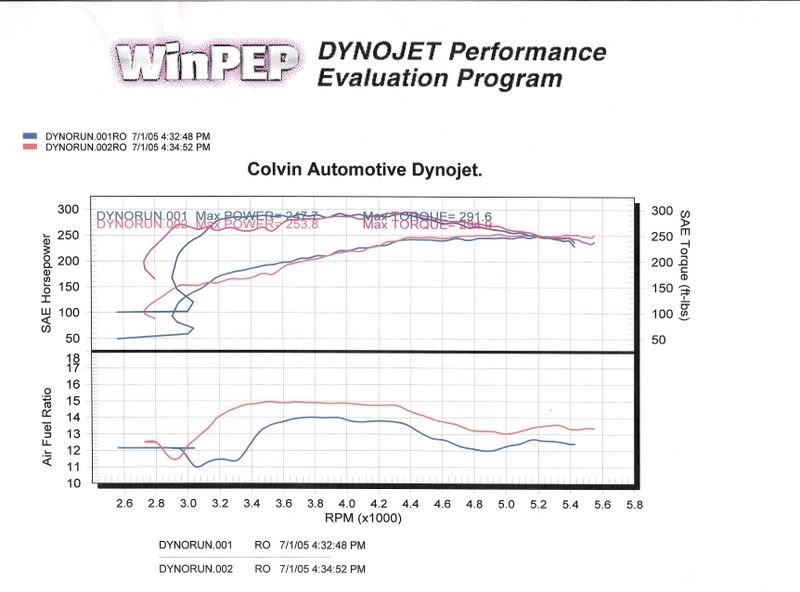Bob NH said:
I respect electrical engineers. They do a lot more math than I had to do in civil and mechanical engineering. But we studied more mechanics.
Well, I'm not an electrical engineer. What I know about engines is from building and racing them. I've had enough mechanical, marine and electrical engineering to be dangerous.
The unit of force in a=F/m is pounds.
The unit of torque is ft-pounds.
The accelerating force is the torque at the axle divided by wheel radius, which is related to engine torque and gear ratio.
The unit of horsepower in the the same system of units is 1 HP = 550 ft-pounds per second.
Correct so far.
You can make a large force with a very small engine, but as soon as it starts moving, you need power, as in horsepower or kilowatts or whatever kind of units you want to use.
As soon as the dragster or other car starts moving, you need that horsepower to sustain the acceleration.
What's the equation for the acceleration you want to sustain? Horsepower doesn't appear as a term. Horsepower is derived -- drive wheel TORQUE times drive wheel RPM / 5252.
To accelerate a car with a mass of 100 slugs (3217 pounds) at 1 g (32.17 ft/sec^2) requires 3217 pounds at the road surface + enough to overcome drag. If it is going 100 ft/second at that time, you need 3217 pounds x 100 ft/sec = 321700 ft-lbs per second, which is (321700 ft-lbs/sec)/(550 ft-lbs/Hp-sec) = 585 Hp.
Correct -- but the horsepower comes along for the ride. What you absolutely must have is a means of producing the force.
That is why those dragsters have big engines (much horsepower), and why your typical family sedan has lousy acceleration when trying to pass on those 80 MPH speed limit Texas interstates.
No, those engines are all about maintaining torque.
Go look at that dyno slip -- if I can get my engine to hold that 300 ft-lb line after the secondaries open at 4,400 RPM, I get more horsepower. Everything that can be done to that engine is going to be about holding that line because without changing from normally aspirated to forced induction, I'm not going to increase average combustion chamber pressure by all that much.
Back when I raced motorcycles, I had a bike where the power curve tanked around 8,000 RPM. The "fix" wasn't a bigger motor, it was a new valve train (titanium for the reciprocating upper end parts -- neat stuff) to move the "flat" part of the torque curve out to the right. Then, like magic, more horsepower is produced because that flat spot, which on my Corvette is 300 ft-lbs up until 4,400 RPM, allowed that torque to continue being produced up until somewhere around 10,000 RPM. That's a 25% increase in "horsepower", but a 0.00% increase in accelleration for every foot travelled up until the engine reached 8,000 RPM. Feel free to check my math on this example -- I used to check my math at the Gulfport International drag strip

I went out and google'd "torque wins races" and found this interesting website --
http://www.rbracing-rsr.com/orcadyno.htm
Give the article a good read.


